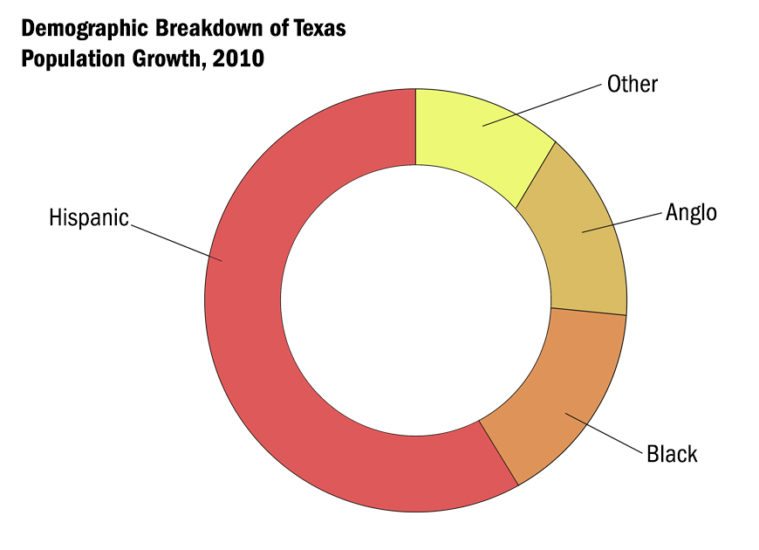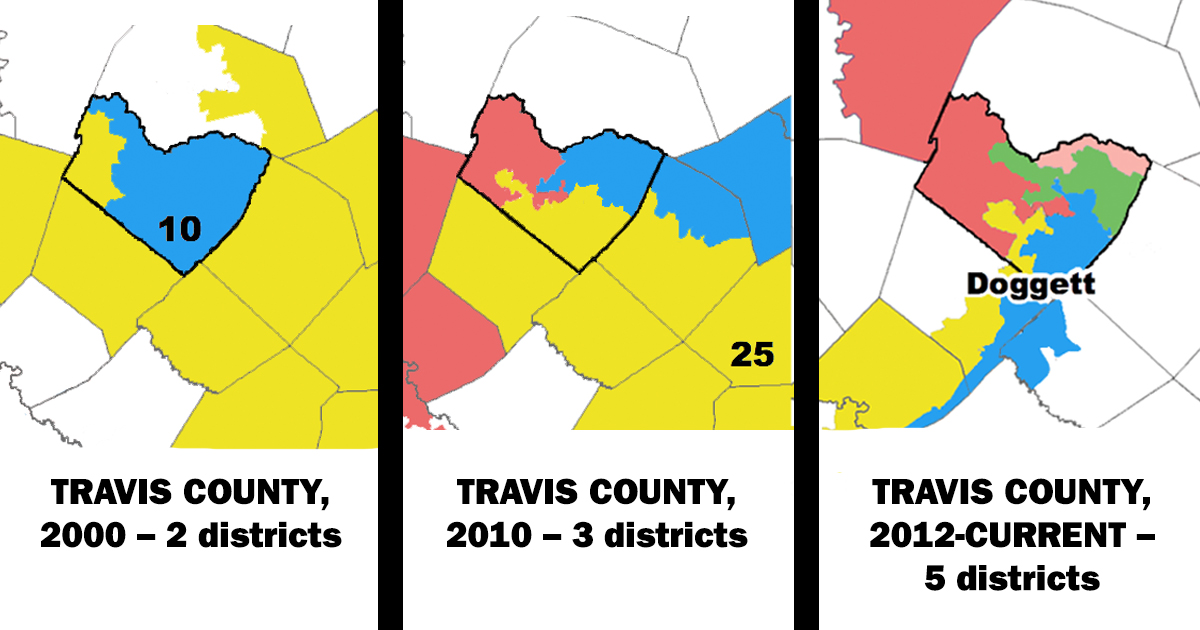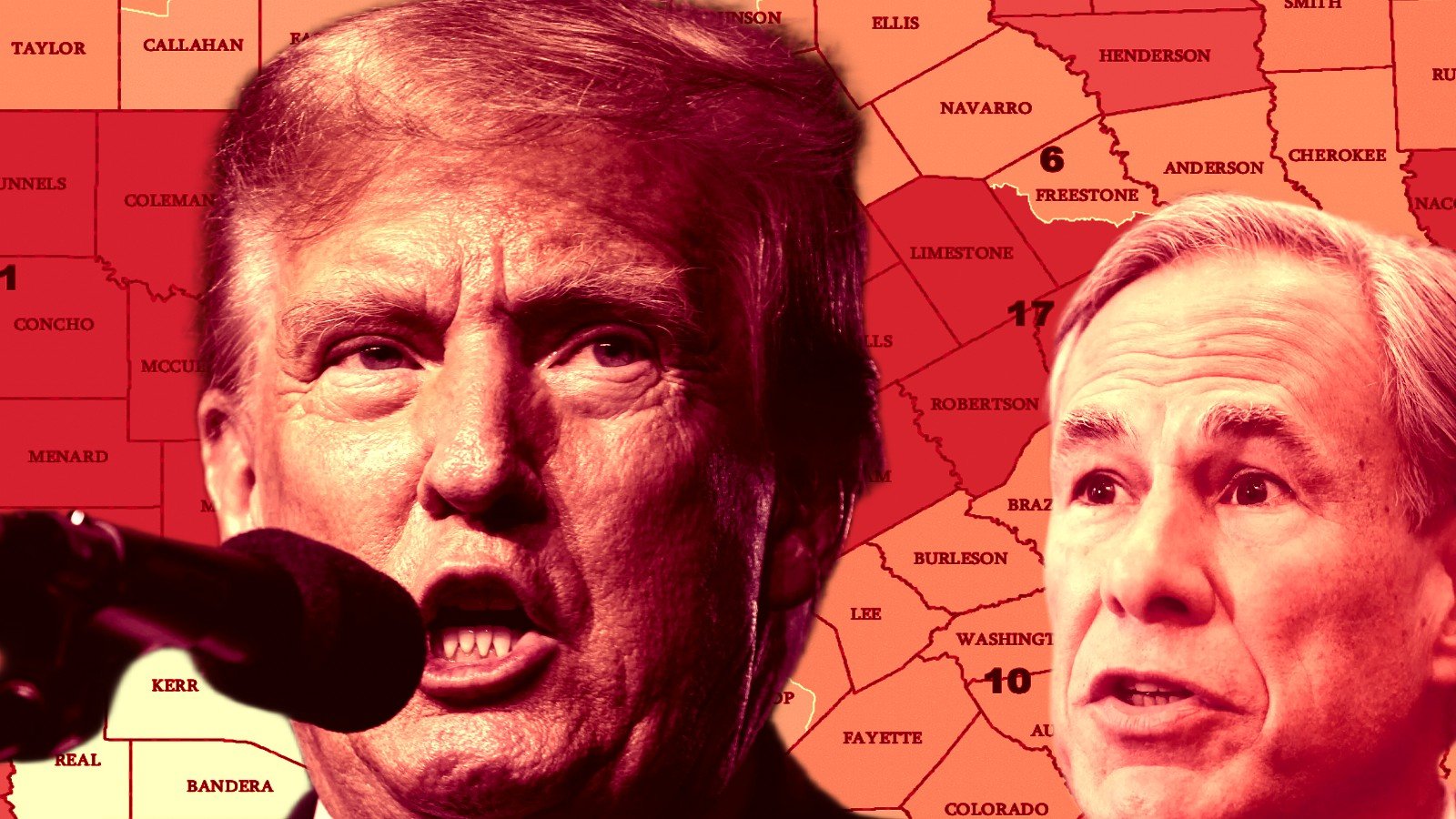
Redistricting Guru Michael Li on Texas’ Gerrymandered Maps
Li, who grew up in Texas, has followed Texas’ seven-year legal fight to dilute minority voting power from the beginning.

A version of this story ran in the April 2018 issue.
The Texas Legislature is racist. Specifically, Texas lawmakers knowingly and intentionally pass voting laws that disproportionately harm minorities. Nine federal court rulings have more or less arrived at that conclusion since 2011. Last year, a federal three-judge panel found that lawmakers deliberately discriminated against minority voters by gerrymandering congressional and state House districts to “ensure Anglo control.” Texas has fought to keep using those maps, and in January the U.S. Supreme Court agreed to hear the state’s appeal. With oral arguments in the marathon legal case set for April 24, we chatted with redistricting guru Michael Li, senior counsel for the Democracy Program at NYU’s prestigious Brennan Center for Justice. Li, who grew up in Texas, has followed the case from the beginning. The New York Times calls his redistricting blog “indispensable.” He says the ruling could upend how Texas and other Southern states pass voting laws in the future.
Q: This all began with the 2010 census that gave Texas four new seats in Congress. What did Republican map-drawers do with those seats?
Texas was by far the fastest-growing state that decade, gaining 4.3 million people, of whom roughly two-thirds were Latino and another 23 or so percent were African American. Almost 90 percent of the state’s population gain was African American or Latino. Meanwhile, Anglo growth in Texas was so slow that if you went by just that, the state wouldn’t have picked up a single new congressional seat.
You’d think at least some of those seats would go to increase representation for communities of color, but the Texas Legislature drew four Republican seats largely controlled by white voters. The maps pass in 2011, this litigation gets filed and now the case has gone on for seven years. My guess: This isn’t fully resolved until 2019, which is amazing because it will have taken all of a decade to figure out how to fairly deal with these new seats.

The lawsuit portrays map-making as a secretive process. How does the Legislature draw these lines?
In Texas the process has long taken place behind closed doors. That was the case when Democrats were in control, and that’s the case now with Republicans. But under Democrats, they’d at least consult with their Republican members of Congress and try to placate them. Even in the really aggressive gerrymander of 1991, one of the worst Democratic gerrymanders in history, Democrats maximized their ability to hang on to as many seats as possible but didn’t draw any Republican incumbent out of a seat. As aggressive as that gerrymander was, they didn’t target anybody.
The 2011 cycle was different. Democrats were completely shut out of the process and had no idea what the maps would look like until they were released. They passed the maps quickly and over the objection of a lot of people who were shocked that Texas could have extraordinary Latino growth and not get any new Latino districts. This round of redistricting was much more elbow-y, much more closed-door, like the only thing that mattered to Republicans was making sure their party came out ahead.
What examples of tricky map-drawing stick out to you?
There’s the 23rd Congressional District, where Republicans swapped out high-voting Latinos for lower-turnout Latino voters. On paper, it’s a district that looks Latino but doesn’t elect the Latino community’s candidate of choice.
Another is the Dallas-Fort Worth area, where there’s a fast-growing Latino and African-American population. Up until 2010, the area had eight congressional seats, but only one was a minority district, Eddie Bernice Johnson’s seat. The population and demography of Dallas and Tarrant counties [combined] are roughly the same as Harris County. Yet Harris had three minority districts compared to just one in Dallas-Fort Worth. In 2011, the Legislature created zero new minority districts there, while also aggressively cracking and splitting apart Latino communities and adjoining them with suburban districts to make sure Latinos couldn’t elect their candidate of choice. The court partially fixed that by creating the 33rd district, now represented by Marc Veasey. But Latino groups continue to argue there should be another minority district in Dallas-Fort Worth.
Then there’s Austin, which is totally crazy. If you walk from one end of downtown Austin to the other, you cross three different congressional districts. Austin could easily support a district of its own. It is a unique community of interest, whether you like Austin or you hate it. It’s one of the largest cities, if not the largest, that doesn’t anchor at least one congressional district. Instead you have districts like Lloyd Doggett’s anchored in San Antonio. That seems to be a result of Republicans trying to get rid of him for nearly two decades now.

What happens if the Supreme Court lets the Texas ruling stand?
People are closely watching this because of that intentional discrimination aspect. In 2013, the Supreme Court … basically ended the practice where most Southern states had to clear their maps and election laws with a federal court or the Department of Justice. There’s still a so-called bail-in provision in the law that could arguably be used to put states like Texas back under federal oversight, but only if the courts agree that lawmakers are intentionally discriminating against minorities. It’s a strategy that hasn’t been tested all that much, and Texas would be by far the biggest test case. But when the three-judge panel declared that Texas’ maps were drawn with the intent to discriminate, that was huge. That finding could put Texas on the path to federal oversight.
Whatever the court decides on this appeal is unlikely to impact elections in November. Drawing new maps for November would require new primaries, and that would likely be too much of a mess for the justices. If they order changes to the maps, those would probably be for the 2020 election, and that election only. Because, of course, right after that we redraw the maps again.
What should we know about the other two redistricting cases before the Supreme Court?
In Texas, the claims are about racial fairness, but in the other two cases — in Wisconsin and Maryland — the claims are about partisan gerrymanders.
The Supreme Court has never put partisan gerrymandering out of bounds in the way it has racial gerrymandering, which has left a really big loophole for states to claim they’re only discriminating based on partisanship. It’s become this sort of strange defense you see playing out in states like Texas, where lawmakers essentially argue they’re discriminating against Democrats and not African Americans. That’s because it’s perfectly OK to discriminate against Democrats when you draw the lines. But if [the court] limits partisan gerrymandering, it could shut down the excuse that a lot of places in the South, including Texas, have used.
How does gerrymandering warp politics?
If you go back to the framers and people like James Madison, they thought that Congress should be a miniature portrait of the people as a whole. We have elections every two years because the framers thought that as people’s political moods or inclinations change, legislative bodies should change to match that. Instead, in places like Texas with extremely gerrymandered maps, legislatures hardly change. The congressional delegation doesn’t really change. Republicans have safely had 25 of the state’s 36 seats in Congress all decade. That doesn’t look like Texas. It’s a Republican state, sure, but not a 25-out-of-36 Republican state.
That means there are important voices that aren’t at the table. When I talk to people in Texas, I often hear, “My vote doesn’t really matter, they’ve already decided who’s going to win.” There’s this belief that the system is rigged from the get-go in different ways, and that includes redistricting. I think that helps fuel Texas’ extraordinarily low voter turnout. Voters don’t think it matters. I think that is part of the harm of gerrymandering.
This interview has been edited for length and clarity.


